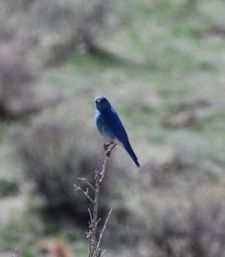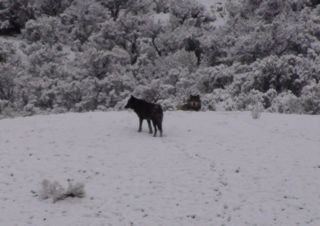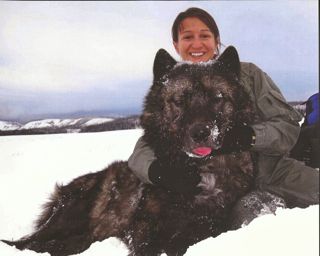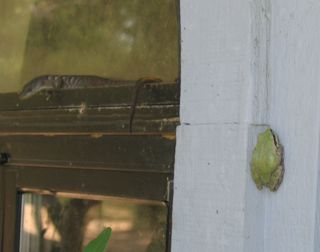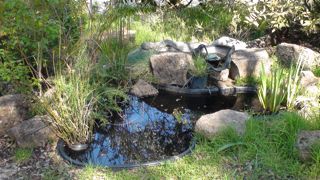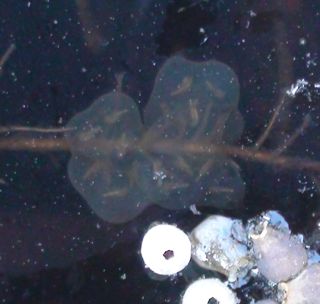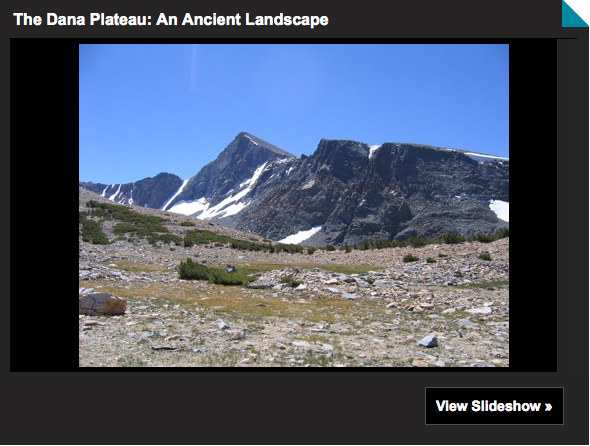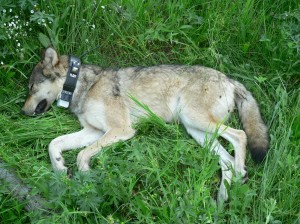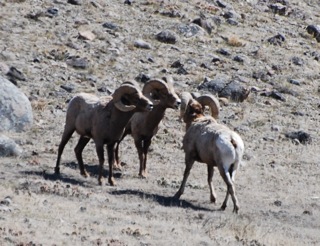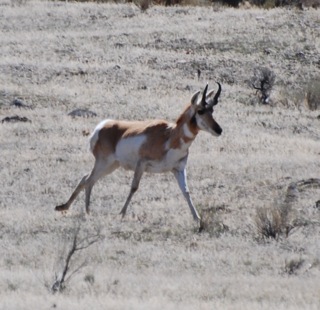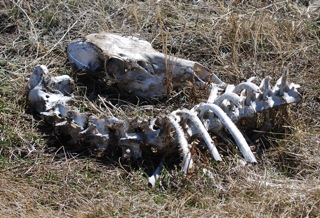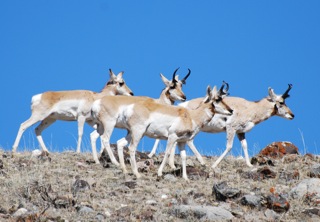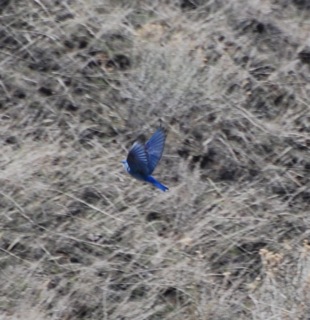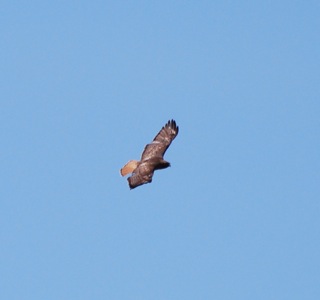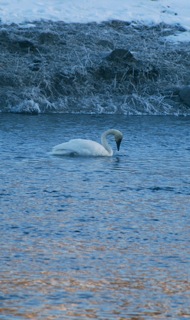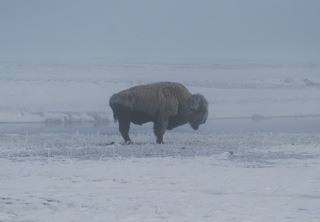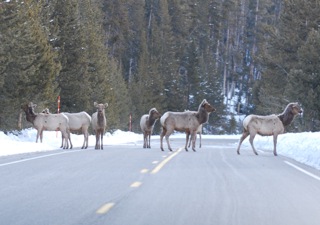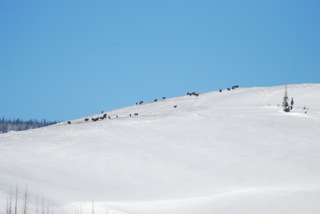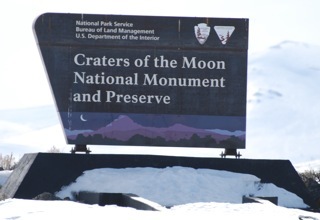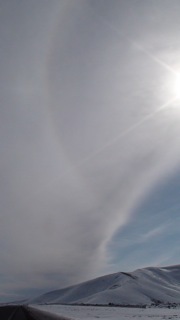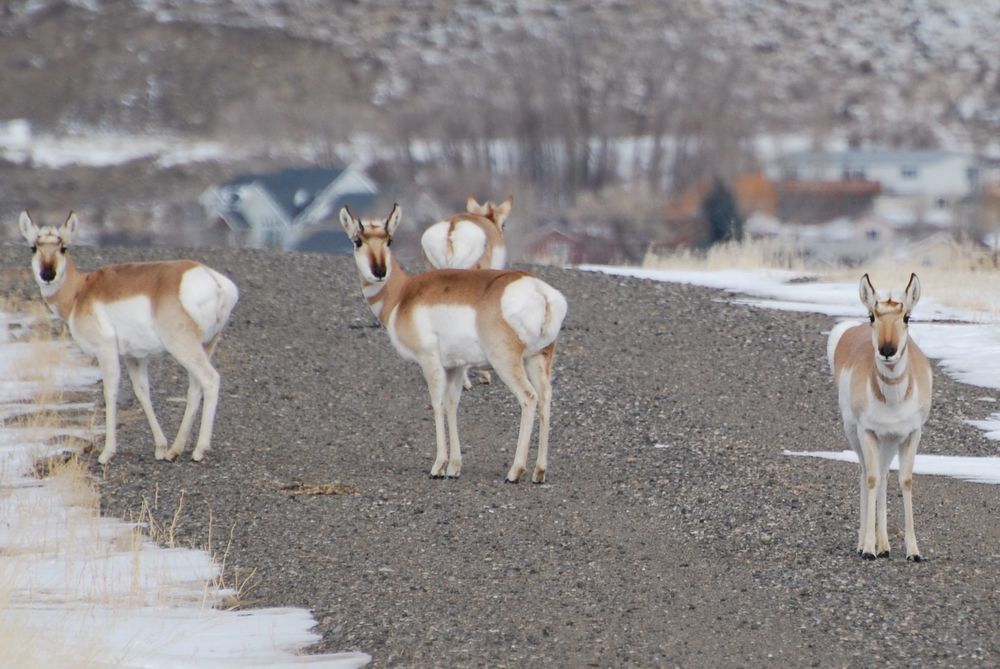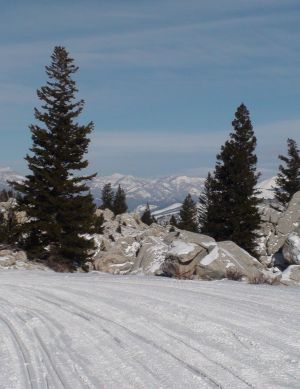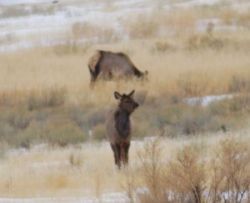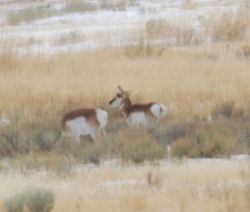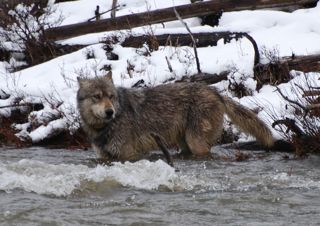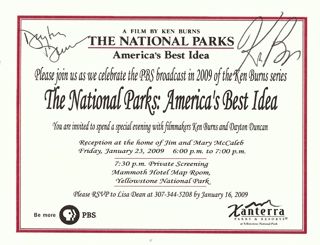 One of the most prized volumes on my bookshelf is a tattered hardcover entitled National Parks of the U.S.A. Inside the pages is a list written in faded ballpoint pen naming five western parks: Yosemite, Kings Canyon, Yellowstone, Rocky Mountain, and Glacier. I wrote that list as a young girl and I can still remember gazing endlessly at the photographs of granite peaks, roaring waterfalls, and magnificent wildlife, and daydreaming about wandering in those landscapes. I would think, someday, someday…
One of the most prized volumes on my bookshelf is a tattered hardcover entitled National Parks of the U.S.A. Inside the pages is a list written in faded ballpoint pen naming five western parks: Yosemite, Kings Canyon, Yellowstone, Rocky Mountain, and Glacier. I wrote that list as a young girl and I can still remember gazing endlessly at the photographs of granite peaks, roaring waterfalls, and magnificent wildlife, and daydreaming about wandering in those landscapes. I would think, someday, someday…
The west captured my childhood imagination—even in our settled and civilized world—as fiercely as it did any adventurer contemplating the wide-open expanses of America in the 1800s. Yet my urge wasn’t simply to “go west.” The idea of National Parks, of islands of untouched and preserved wilderness inspired me. I wanted to see those places so badly! And in the age before the internet, webcams, blogs and YouTube, my only window into that magical world was through my treasured picture books.
 With Ken Burns in YellowstoneNational Parks have been an integral part of my life—from my father taking me to see whales on Cape Cod National Seashore, to spending college summers hiking in Rocky Mountain National Park, to providing inspiration for my writing, space for my joyful wanderings, and my career as an environmental leader. The tranquility I experience while hiking in places like the Dana Plateau, Tuolumne Meadows, or Hayden Valley feeds my soul with sustenance as essential to my existence as food or water.
With Ken Burns in YellowstoneNational Parks have been an integral part of my life—from my father taking me to see whales on Cape Cod National Seashore, to spending college summers hiking in Rocky Mountain National Park, to providing inspiration for my writing, space for my joyful wanderings, and my career as an environmental leader. The tranquility I experience while hiking in places like the Dana Plateau, Tuolumne Meadows, or Hayden Valley feeds my soul with sustenance as essential to my existence as food or water.
In their new documentary, The National Parks: America’s Best Idea, Ken Burns and Dayton Duncan have captured the connection that I—along with millions of other people across the world—share with our National Parks. The connection originates from a reverence for not only what these special places contain, but also what they elicit from us.
 With Dayton DuncanLast week I attended a special reception and screening in Yellowstone of this soon-to-be released documentary. Through Ken Burn’s brilliant filmmaking and Dayton Duncan’s poignant writing, the segments I watched translated to the screen the ongoing wonderment and lasting legacy inherent in our parks. Even on film, the sight of Old Faithful charging into the blue sky inspires awe. Yet the ‘stories behind the scenery’ of the people who shaped our parks proves just as enduring as the sublime landscape in the film. While watching the clips, I remembered myself at ten urgently gazing at a picture of Yosemite Falls, and realized the emotions superimposed themselves in time; three decades later my fascination with the parks had not lessened.
With Dayton DuncanLast week I attended a special reception and screening in Yellowstone of this soon-to-be released documentary. Through Ken Burn’s brilliant filmmaking and Dayton Duncan’s poignant writing, the segments I watched translated to the screen the ongoing wonderment and lasting legacy inherent in our parks. Even on film, the sight of Old Faithful charging into the blue sky inspires awe. Yet the ‘stories behind the scenery’ of the people who shaped our parks proves just as enduring as the sublime landscape in the film. While watching the clips, I remembered myself at ten urgently gazing at a picture of Yosemite Falls, and realized the emotions superimposed themselves in time; three decades later my fascination with the parks had not lessened.
Although the segments we viewed focused on Yellowstone, I was delighted to recognize some friends from Yosemite like Shelton Johnston and Lee Stetson. And for my Yosemite comrades, I did have a chance to discuss the ‘who’s on first’ question with Ken and Dayton during the evening. I think “it’s complicated” was the final verdict. Overall, it was simply amazing to watch this project near completion. I recall providing books to researchers for the film five years ago when I worked for the Yosemite Association.
My thanks to Ken and Dayton for giving the parks such a splendid and inspirational biography. I imagine many children experiencing the same awe I did when exposed to Yosemite Falls or Old Faithful through this vibrant picture book.
Watch for the documentary this fall on your local PBS station!
 Mountain Bluebird in Yellowstone, April 25, 2009“O bluebird, welcome back again
Mountain Bluebird in Yellowstone, April 25, 2009“O bluebird, welcome back again A Colorful CombinationMountain bluebirds prefer open, mountainous terrain, and I enjoy watching them hover in place while scouting above the sagebrush for insects. Once an insect has been spotted, they drop suddenly to retrieve their prize. Nature adorned them with splendid color, but stinted a bit on their musical ability—the Cornell Lab of Ornithology describes their call as a “nasal, non-musical tew” and their song as a “series of burry whistles.”
A Colorful CombinationMountain bluebirds prefer open, mountainous terrain, and I enjoy watching them hover in place while scouting above the sagebrush for insects. Once an insect has been spotted, they drop suddenly to retrieve their prize. Nature adorned them with splendid color, but stinted a bit on their musical ability—the Cornell Lab of Ornithology describes their call as a “nasal, non-musical tew” and their song as a “series of burry whistles.”
